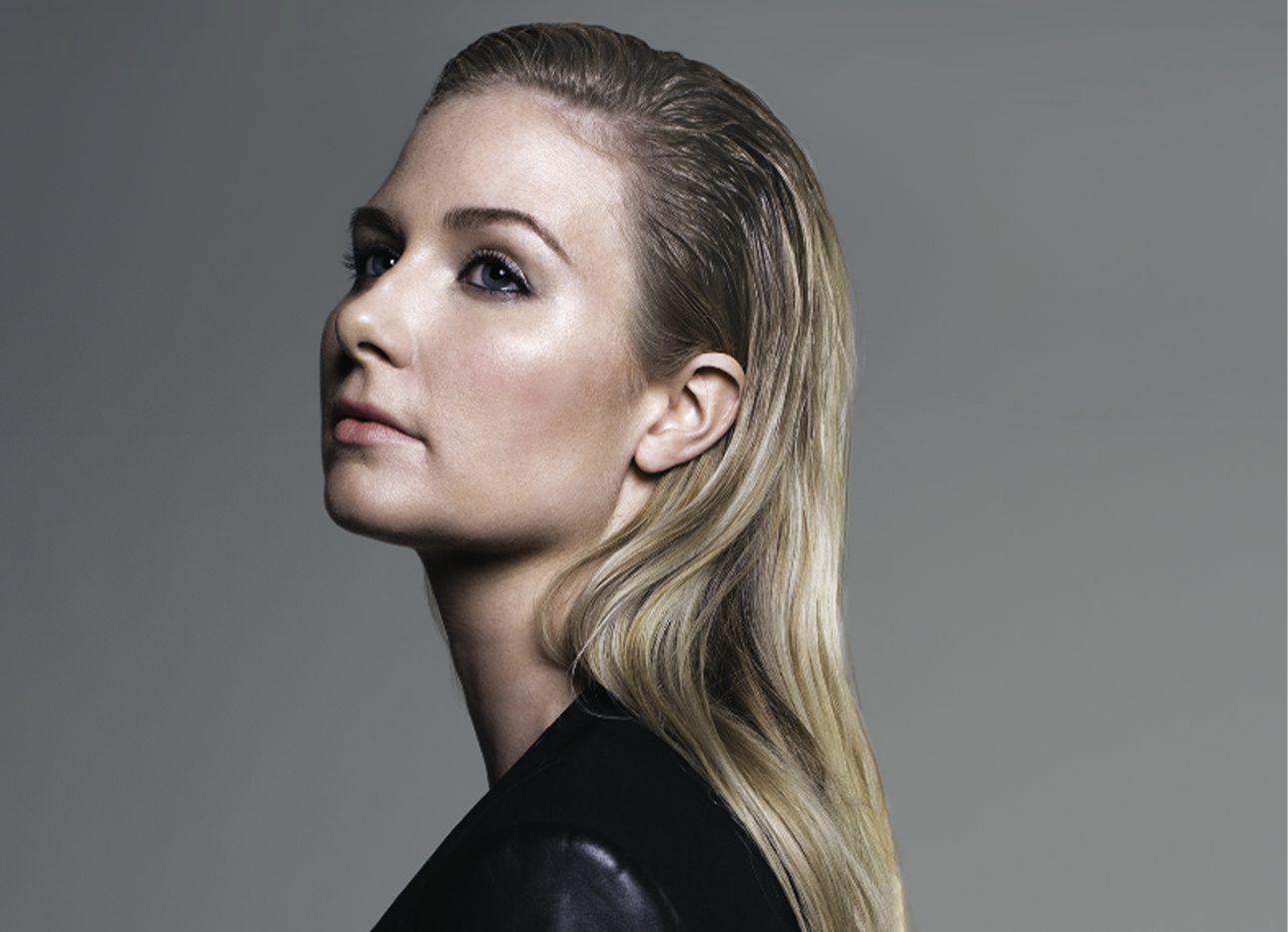
Up-and-Coming Perfumer Mackenzie Reilly on the Architecture of Fragrance
“Most of my memories are strongly shaped by smells,” says Mackenzie Reilly, who became captivated by the fragrance world around age 17. “That’s when I discovered the stories being told by niche perfumers, who have very distinct concepts behind each scent, and began to see perfume making as an art form.” Now a junior perfumer at New York’s International Flavors & Fragrances, Reilly routinely thinks about aromas in terms of a specific field of creative expression—architecture—as she builds a new bouquet. Here, she discusses her path to perfume, and the parallels she sees between physical structures and scent.
“When I was studying to be a perfumer, I knew that the typical path was through chemistry—but I wasn’t attracted to that type of study. Instead, I turned to anthropology, and wrote a thesis that focused on how scent impacts cultures, rites of passage, and the ways in which people perceive one another. It’s a rich topic, but one that has historically been neglected. It has a lot to do with Darwinism and believing that, as we evolved to stand on two feet, our noses should be lifted off the ground, and also the view that smelling is for animals, and is unsophisticated.
I often refer to perfumery as architecture. A fragrance formula is really a structure: There’s a true architecture to understanding the weight, volatility, and timeline of the ingredients you’re working with in creating a scent, and what to pair together so that they’re smelled at the same time, and to give it the proper amount of strength of diffusion.
We use so much architectural language, too—we speak of ‘verticality,’ for example. There are scents that ‘spike,’ that shoot up your nose and that you feel very vertically. Then there are notes that you smell from top to bottom. We often call those the ‘backbone,’ because they act like a spine; they're always present. We also talk about fragrances as having ‘shoulders’: a fragrance can be strong, but not broad. We talk about depth. We talk about curves. A fragrance can be angular, sharp, voluptuous, or soft.
I’m usually extremely involved in naming the scents that I’ve created. I’m a storyteller, so I find that if I create a narrative—a strong vision—as part of the process of creating a scent, it gets its own legs. It’s almost like a light at the end of the tunnel that I can follow in the creation process. The shared discourse used within the fragrance industry is full of shapes and textures.”